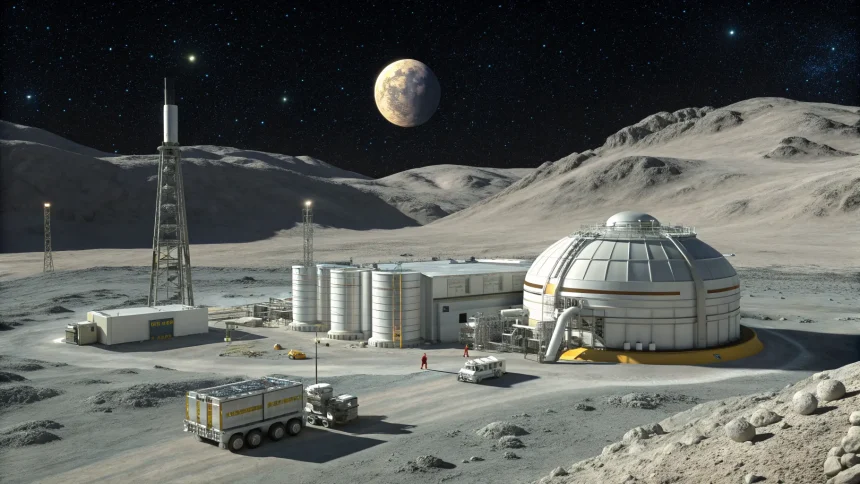NASA has established a deadline of 2030 to construct a 100-kilowatt nuclear reactor on the lunar surface, according to space industry experts. This ambitious timeline represents a significant step in advancing long-term human presence beyond Earth and supporting future space exploration missions.
The space agency’s lunar nuclear power initiative aims to provide a reliable energy source for extended missions on the moon, where solar power faces limitations due to the two-week lunar night cycle. A functioning nuclear reactor would solve critical power challenges that have constrained previous lunar mission proposals.
Technical Challenges and Timeline Feasibility
While the 2030 deadline is aggressive, multiple experts in the space industry believe the goal is technically achievable. The proposed 100-kilowatt capacity would generate enough electricity to support life support systems, scientific equipment, and resource utilization technologies needed for sustained lunar operations.
“The timeline is ambitious but not impossible given recent advances in nuclear technology,” one space technology expert noted. “The real challenges will be in designing systems that can withstand the harsh lunar environment while being light enough to transport from Earth.”
The nuclear reactor would need to operate in the moon’s extreme temperature variations, radiation exposure, and dusty environment. Additionally, the system must be designed with safety protocols for both launch from Earth and operation on the lunar surface.
Strategic Importance for Space Exploration
A permanent power source on the moon would fundamentally change the approach to lunar and deep space missions. The nuclear reactor could support:
- Long-duration human habitation beyond the current capabilities of solar power
- In-situ resource utilization, including water ice processing for fuel and life support
- Advanced scientific research requiring consistent power supply
- Testing technologies for future Mars missions
The lunar nuclear reactor represents a critical infrastructure component for NASA’s broader Artemis program, which aims to establish a sustainable human presence on the moon. It would also serve as a proving ground for technologies that could eventually support human missions to Mars.
International Collaboration and Regulatory Considerations
The development of nuclear power systems for space applications involves complex international agreements and safety protocols. NASA will likely work with international partners and private industry to meet the 2030 deadline.
“This isn’t just a technical challenge but also a regulatory one,” explained a space policy analyst. “Launching nuclear materials requires extensive safety reviews and international coordination.”
The project will need to address concerns about nuclear material safety during launch and operation, as well as comply with the Outer Space Treaty and other international agreements governing activities on celestial bodies.
Several space agencies and private companies have expressed interest in collaborating on lunar nuclear power, recognizing its potential to enable commercial activities on the moon, from mining to tourism infrastructure.
If successful, NASA’s lunar nuclear reactor would mark a historic achievement in space technology, potentially opening a new chapter in humanity’s expansion into the solar system. The 2030 deadline gives engineers and scientists approximately seven years to solve the remaining technical challenges before deployment to the lunar surface.









